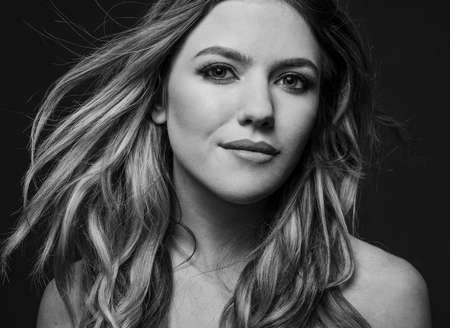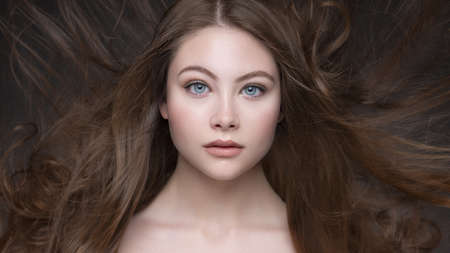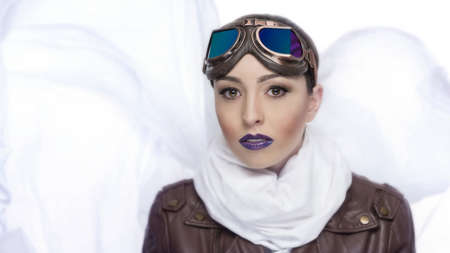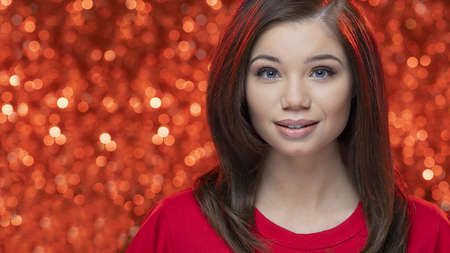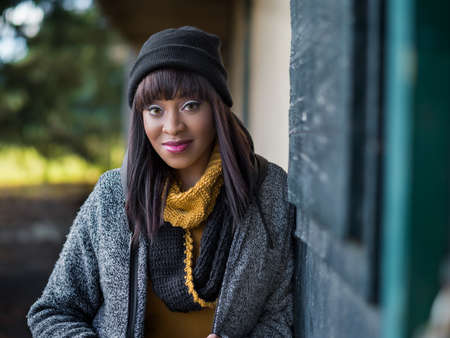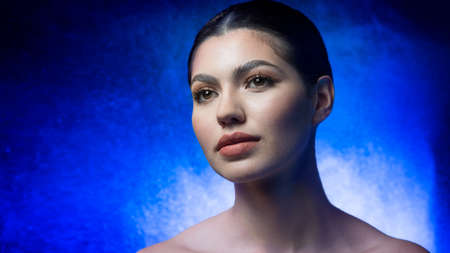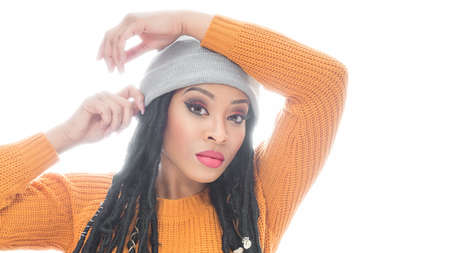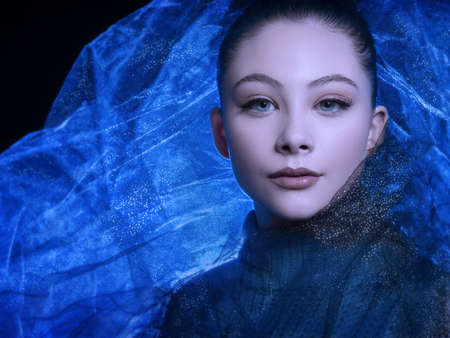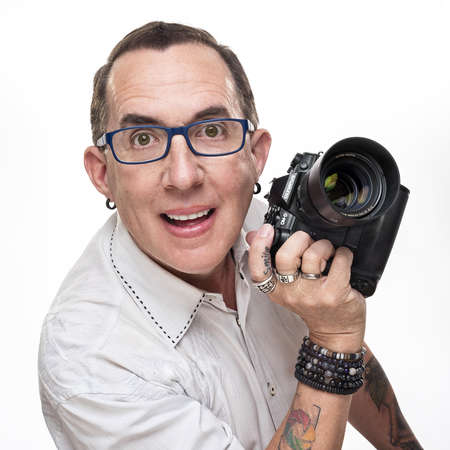UNDERSTAND THE WHY
WHY you are taking the portrait influences every decision you will make regarding clothing, backgrounds, lighting, camera angles, etc. Your decisions will be very different if you are shooting a casual portrait to hang on the living room wall than they will be if you are shooting a business portrait to be used for job hunting or a corporate website.
PREP
Great portraits require excellent preparation. We all know what happens when you assume. Be sure to communicate with your subject in advance about ALL aspects of the shoot, including outfits, hairstyles, locations, etc. Leaving these things until the day of the shoot often results in your subject being unprepared with busy clothing that won’t photograph well or hair that is frizzy and unmanageable.
MAKEUP HELPS EVERYBODY
If you want your subject to look their best and you want to take your work to the next level, working with a makeup artist is an important step.
WATCH YOUR BACKGROUNDS
Remember that the portrait is about your subject—not the background. Clean, simple, solid-colored backgrounds work best. If you are shooting on location, look for walls or patches of greenery with no other decorations, objects or distractions. Whatever you do, don’t be the photographer who photographs your subject with a pole sticking out of the back of their head.
LIGHTING - KISS IT!
Keep it Super Simple (KISS). Lighting doesn’t have to be difficult. If you are working outside, avoid direct sunlight that will cause harsh shadows and make your subject squint. Open shade is the easiest solution to have soft flattering light. Inside, don’t think that you need lots of lights and modifiers to create great light. A single light and a shoot-through umbrella will create soft, flattering light. Remember that lighting is a second character in your portrait. It helps to set the mood and tone, so experiment.
PICK THE RIGHT LENS
A short to medium length telephoto lens will give you just enough compression that you won’t be bloating your subject’s face with distortion. It will also allow you to shoot at a distance that allows for easy communication in normal voice ones—no shouting required. The short to medium length telephoto will also allow you to create nice, soft backgrounds for those times when you cannot find a solid-colored area to shoot.
USE CAMERA ANGLES EFFECTIVELY
Avoid AEL. Olympus Visionary Jamie MacDonald coined the term AEL: Always Eye Level. Anything that is “always” quickly becomes boring. Use different camera angles to create more of a dynamic feel to your portrait. Remember that looking up at your subject puts them in a position of dominance, power and authority. Looking down on them creates a submissive feel, and eye level makes them an equal—which is great for establishing strong eye contact.
POSE IS A FOUR LETTER WORD
The easiest way to make your subject look stiff and uncomfortable is to pose them. Most portraits will be shot from the bust up, so you really don’t need much of a pose. What you do need is relaxed and comfortable body language. I tell my subjects to sit relaxed. You can angle the shoulders slightly to create a nice diagonal line. If you are shooting full length or from the waste up, give your subject a mood or an activity and then focus on a situation where they can get lost in the moment. PRO TIP: If it bends—bend it! When a body is relaxed, joints (neck, elbows, wrists, knees, etc.) will be bent slightly.
GET CLOSE - FILL THE FRAME
I am not a fan of rules, unless we are talking about physics. I find it much more important to fill the frame with only detail that adds value to my story than I do to follow the rule of thirds or other composition rules. I tend to shoot my portraits very close, and I even crop off the top of my subject’s head from time to time. I promise you that the only other people who have an issue with this are other photographers who have read too many rules. I have never had a subject complain about me cropping off the top of their head.
HAVE FUN!
If you’re not having fun, your subject is not having fun. If your subject is not having fun then you will not have a great shot. Always think of your subject as a person who has the same fears and insecurities as you do. Don’t keep your head buried in your gear. Engage your subject and treat them with respect. Keep the mood light and be honest with your subject. I recommend practicing your first shot and setting it up well in advance of your subject’s arrival so that you can begin shooting without experimentation. Once you have your planned shot, always experiment, work your shot for new and creative ideas. Explain to your subject what you are doing and allow
them to collaborate with you in the process—even if it is just by adding emotional support because they appreciate your efforts.
My bonus tip… PRACTICE, PRACTICE and more PRACTICE, because your “BEST shot is your NEXT shot!”
Discover more tips and tutorials for taking great portraits.
VIEW MORE PORTRAIT TIPSABOUT JOE EDELMAN
Olympus Visionary Joe Edelman is an award-winning photographer and educator. He is well known for his channel on YouTube. With a career spanning more than four decades, his photographs have been published internationally in magazines like Maxim, Cosmopolitan, Get Fit, and Shape. Joe has earned a reputation as a lively and popular instructor at camera clubs, photography conferences and workshops across the country. He lives in Allentown, PA with his wife and their two four legged children.
